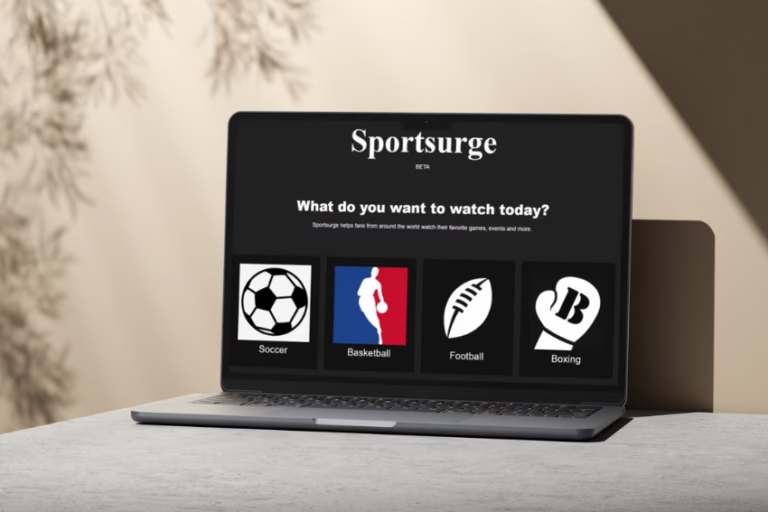No email likes to stay in the spam folder, but some deserve their place in that dreaded place all the same. However, your marketing emails and informative newsletters could very well be spending their last days alongside that ignored email from the Nigerian Prince as well, and you may not even know why. To clue you in, here are five of the most common reasons why emails end up in the spam box, never to be opened, or even seen for that matter!
Subscribers are Tagging them as Spam
In acts of frustration, your subscribers might be actively tagging your emails as spam! What causes this frustration can vary, but on most occasions, it’s either of the two explained below:
- Frequency: You are quite literally spamming their inboxes with your emails – refrain from over sending as a rule
- Relevance: If you are sending diaper ads to teenagers, relevance is lost and spam markers are activated. Invest in gathering quality leads and build a reliable email list
You Have a Poor Email Sender Score
Your email sender score is one of the most important factors in determining whether the email will be directed to the spam folder, or even be delivered at all. A number of variable factors decide a business’s email sender score (based on your IP address), and some of the most important ones can be identified as below:
- Quality of recipients
- Quality of content
- Level of interest from the recipients: Open rates, clickthrough rates, etc.
- Frequency of emails
Both your own and the recipient’s email service provider can mark your emails as spam, on the basis of their frequency. If that’s the case, then you should be looking for an email service provider with more reliability.
You are Using Clickbait Subject Lines and Preheaders
There were two primary vices which scammers used with massive success at one point in time:
- Greed – Lure to become instantly rich by doing easy tasks, aka the wealth of the mythical Nigerian Prince!
- Fear – From chain emails to the infamous IRS scams, they all used fear to make the recipients do as they wanted
Both of these tactics were also used extensively by email marketers, with comparatively less malicious intentions, but nowadays, trying to use clickbait subject lines and preheaders to attract the attention of your subscribers will almost certainly land your emails into spam and lower your email sender score.
You Just Came to Know about SPF, DKIM, and DMARC
All emails sent must conform to certain safety standards, and the following are those standards:
- Sender Policy Framework, or SPF, is a protocol for detecting forging attempts via email
- DomainKeys Identified Mail, or DKIM, is also used for the same, with advanced phishing attempt detection frameworks in place
- Domain-based Message Authentication, Reporting, and Conformance, or DMARC, is activated only after the failure of the two protocols above
Reputation is an important factor in any business, but it can get quite complicated to maintain on the online platforms, especially if we are discussing email. Be clever and avoid these common mistakes and soon your future emails will never even know the dread of the spam folder.












+ There are no comments
Add yours